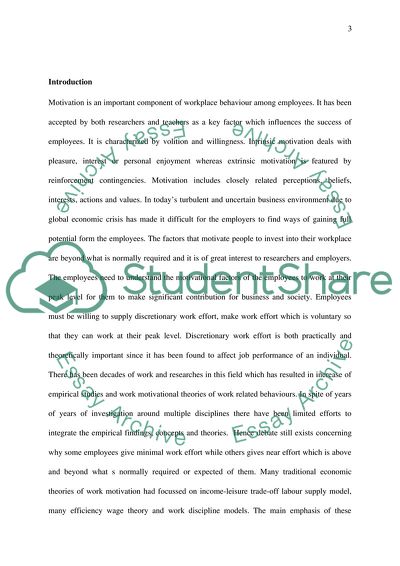Cite this document
(Business and Management Literature review Example | Topics and Well Written Essays - 2750 words, n.d.)
Business and Management Literature review Example | Topics and Well Written Essays - 2750 words. https://studentshare.org/human-resources/1814168-business-and-management
Business and Management Literature review Example | Topics and Well Written Essays - 2750 words. https://studentshare.org/human-resources/1814168-business-and-management
(Business and Management Literature Review Example | Topics and Well Written Essays - 2750 Words)
Business and Management Literature Review Example | Topics and Well Written Essays - 2750 Words. https://studentshare.org/human-resources/1814168-business-and-management.
Business and Management Literature Review Example | Topics and Well Written Essays - 2750 Words. https://studentshare.org/human-resources/1814168-business-and-management.
“Business and Management Literature Review Example | Topics and Well Written Essays - 2750 Words”. https://studentshare.org/human-resources/1814168-business-and-management.


